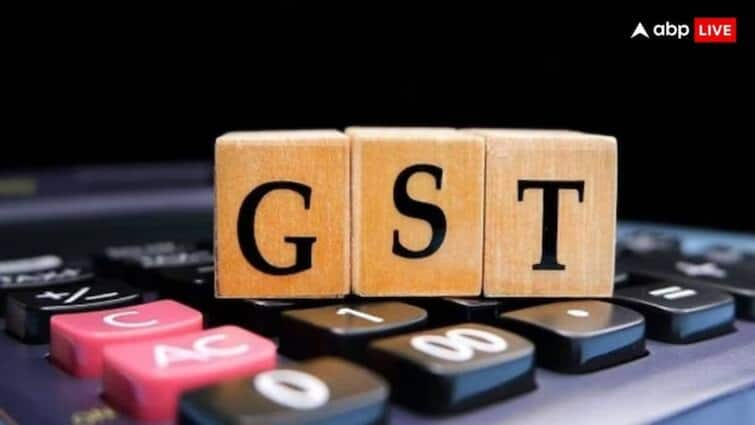By Venkatesh Naidu
It started with a phone call at 7:30 AM.
A young marketing manager in Gurugram stepped onto her balcony with her morning coffee when her father called he had slipped in the bathroom and needed an urgent hip surgery. The estimated cost: Rs 5 lakh.
In India, that’s not unusual. The National Health Accounts 2023 shows that over 15 crore people spent more than 10 per cent of their household income on healthcare last year, and 5.5 crore were pushed below the poverty line due to medical expenses.
Without a plan, such emergencies can derail years of financial stability especially in a country where only 30 per cent of Indians have adequate health insurance coverage (IRDAI, 2023). For context, the average hip replacement surgery in India costs Rs 2.5 – Rs 6 lakh, and in metro cities like Delhi and Mumbai, the bills can go beyond Rs 7 lakh when rehabilitation is included.
But she didn’t panic. Two years earlier, she had built what she called her Freedom Fund a personal safety net combining an emergency corpus, comprehensive health insurance, and low-risk investments. That day, it didn’t just pay the hospital bills it bought her something priceless: peace of mind.
Why a Freedom Fund = Your Real Independence
Financial freedom isn’t about quitting your job or retiring early, it’s the ability to make decisions without being controlled by money. It’s the security to handle unexpected crises without falling into debt or selling long-term investments.
Think of your Freedom Fund as a three-layer safety net:
|
Layer |
Purpose |
Ideal Size / Coverage* |
|
Emergency Fund |
First line of defence for sudden expenses like medical emergencies or job loss. |
6–12 months of essential expenses. |
|
Insurance |
Shields your finances from large, unpredictable expenses. |
Health: Rs 10–15 lakh for family of 4; Life: 10–15× annual income. |
|
Investments |
Keeps your safety net growing and inflation-proof. |
Inflation-beating returns; low risk until base safety net is set. |
*Figures based on IRDAI & SEBI recommendations, plus financial planning benchmarks.
Also Read : GST Overhaul Coming: Modi Promises ‘Double Diwali’ With Big Tax Cuts
Step 1: Build Your Emergency Fund – The Oxygen Mask for Your Finances
How much to save:
- Salaried individuals: 6 months of essential expenses (rent, EMIs, groceries, utilities).
- Self-employed/freelancers: 9–12 months due to income variability.
Why it matters: According to a 2022 RBI Household Finance report, over 80 per cent of Indian households do not have liquid savings to cover even three months of expenses. Without an emergency fund, families are often forced to take personal loans at interest rates of 12–24 per cent or prematurely liquidate investments, both of which erode wealth.
Where to keep it:
- High-yield savings accounts (3.5–6 per cent p.a.)
- Short-term fixed deposits (5–7 per cent p.a.)
- Liquid mutual funds (6–6.5 per cent p.a.)
Example: Saving Rs 5,000/month builds Rs 60,000 in a year; in five years, with compounding, that can cross Rs 3.5 lakh a solid start toward a 6-month corpus.
Step 2: Get the Right Insurance – Your Financial Shock Absorber
Insurance isn’t optional, it’s the firewall that prevents a single crisis from wiping out your savings.
Health Insurance:
- Urban India’s average hospitalisation cost is Rs 31,845 for public hospitals and Rs 53,162 for private hospitals (NSSO, 2022).
- Major surgeries like bypass, cancer treatment, or joint replacements can easily cross Rs 5–15 lakh.
- Recommendation: Rs 10–15 lakh family floater for a family of four in metros.
Life Insurance (Term Plans):
- Coverage: 10–15× your annual income.
- Cost: A healthy 30-year-old can get Rs 1 crore cover for Rs 8,000–Rs 12,000/year.
Other Covers:
- Personal Accident: Covers permanent disability or death due to accidents.
- Critical Illness: Pays a lump sum on diagnosis of major illnesses like cancer, stroke, or kidney failure.
Without adequate cover, your emergency fund can be drained in a single incident.
Also Read : Independence Day Reminder: One Medical Emergency Can Wipe Out Your Savings Without Insurance
Step 3: Invest for Growth – So Your Freedom Fund Doesn’t Shrink
Once your emergency fund and insurance are set, your next goal is to keep the money growing faster than inflation.
Short-term (1–3 years):
- Debt mutual funds
- Recurring deposits
Medium-term (3–7 years):
- Balanced advantage funds
- A 50:50 mix of equity and debt for moderate risk profiles
Why it matters:
India’s retail inflation has averaged 5–6 per cent over the last decade. Parking all your funds in savings accounts erodes real value; investments help your fund retain purchasing power.
The Freedom Fund in Action
For the marketing manager, the Rs 5 lakh surgery bill was cleared in hours. Her father recovered, her finances stayed intact, and her mental bandwidth remained free for work and family. No debt. No sleepless nights.
That’s the real value of a Freedom Fund: it transforms potential financial disasters into routine, manageable events.
Your Action Plan
- Set a target: Calculate 6–12 months of essential expenses.
- Insure adequately: Health and life first; add accident and critical illness covers if needed.
- Invest smart: Keep risk low until your safety net is fully in place; then scale gradually.
Financial independence doesn’t happen overnight; it’s built month by month, choice by choice. This August 15, don’t just wave the tricolour. Raise your own flag of financial independence, a fund so resilient it stands firm, no matter the storm.
(The author is CEO, BajajCapital Ltd.)
[Disclaimer: The opinions, beliefs, and views expressed by the various authors and forum participants on this website are personal and do not reflect the opinions, beliefs, and views of ABP News Network Pvt Ltd.]



